Building Raised Garden Beds

I have a little bit of experience with building raised beds, so wanted to get a bit more knowledge on the other ways to make them as well as share the experience with mine. This will be more of an overview of the options out there to spark some ideas and things to consider before building your own!
Common Types of Raised Beds:
Wood
Wood is a very common option and it gives a lot of opportunity for custom shapes and colors.
One downside is that they may need to be refinished more often due to weathering overtime.

Brick / Stone
Bricklaying is not for everyone. It takes a lot of patience and precision to get it right. Choose bricks that will survive well in continually wet conditions. Most red brick raised beds are built using mortar to keep the walls intact.
A common type of brick used is cinder blocks. They are easy to line up well and pretty stable so do not always require mortar.
If you have true cinder blocks, they will most likely have remnants of the burning coal which some do not like around their edible plants.
If you have newer cinder blocks made of concrete, they have the potential to leech lime which will not add danger other than if your plants do not like acidic soil.
Plastic
Most plastic beds are the kind that are premade with little assembly, so this is good for people who may not have the time or tools to completely build their own. And want a cost efficient option.
Many kits do have parts that are not quite right though, so you may need to be patient with making sure the parts fit or getting replacement pieces.

Metal / Trough
A benefit to metal is that it will conduct heat and help warm up the soil in the spring. On the other hand, that may mean you need to water more often.
One of the most common types of raised beds are made by using animal troughs. They do not need any assembly other than adding drainage holes.
Another well used option is corrugated metal which absorbs less heat compared to other metal beds.
Straw Bales
Herbs and flowers do well when grown in bales. Straw lasts twice as long as hay, which decomposes within a year, versus straw, which can endure for two. Straw is also lighter and less expensive, and less likely to have herbicides.
A bale can hold 3 to 5 gallons of water. Anything beyond that amount will drain away. You don't even need soil in most cases unless you plant tiny seeds.

Tires
With tires you can get creative in how to make them fit the aesthetic of your garden, but even if they are not the prettiest, they are a great way to repurpose old tires and keep your plants insulated.

Things to Consider When Starting:
Materials Available
You can choose to edge your raised beds using any materials you have at hand.
Stay away from painted or pressure treated wood that may leach chemicals or lead into your soil.
For a great list of material options and how they benefit or hinder a garden bed visit the Almanac link in the sources below.
Longevity
If you do not like to do maintenance over time, look into which materials will last the length of time that works for you.
Effort to Build
There are many options for average sizes to buy prepared materials so there is less effort in the build, but the more custom and/or affordable you go, the more you may need to do from scratch.
Also, the material of choice and the tools you own will determine how much time you will need to put into your project.
Movability
If you would like your bed to be easily movable, think about what materials will be easy to either disassemble or light enough to lift once the soil is removed.
The main factor I foresee is if you are using the ground underneath there will be a large dirt patch open once moved. But if you are using a bed with a closed bottom, this might not be as much of a factor.
Ways to protect from weather and pests
You may want to consider how you will be able to cover and protect your plants in a way that works with the bed you have made.
There are ways to build a cage like structure that opens and closes to basically make a greenhouse or meshed in space.
There is also the hoop system that you can cover with either netting or plastic for pest or weather protection.
How to Decide the Size and Depth:
Garden beds should be no wider than 4-feet so that you can access the garden without stepping into the bed.
The length is not as important, but it is recommended to do multiple smaller ones to group plants together and be able to easily access everything.
For height, you can go as short as 6” or as high as you would like. Note that the higher you go, the more pressure is put on the walls from the soil, so make sure it is stable and/or has cross supports if you want to go much taller than 12 inches.
Once you have decided on your materials, design, and overall plan, it is time to build!
For this, I am going to recommend going to the link in the sources below for Almanac. They have a great breakdown of a lot of this information along with videos and how to fill your bed once built.
My Experience:
My garden beds were built from reclaimed wood planks that were available to me. I started by building two for a townhouse I used to live in which did not have personal yard space, so the bottoms were also boarded making it a fully enclosed garden bed. This was really nice because I was able to use them on a patio and move them with me to my next home either by getting a large enough trailer or breaking them down and reassembling them.
I chose to make them square to make the build easy and fit my space well. At the time I focused on the width first to fit the space, and then build them as deep as I could with the amount of wood I had available. I also decided to add a liner to keep the soil from seeping out the sides and to control some of the moisture.
One thing I would like to do better next time would be to make sure the lining I chose for keeping the soil from seeping out of the crack allowed a bit more air flow. I used too waterproof of a material, and it could get a lot more swampy than I liked.
But overall building my beds was a ton of fun and not as difficult as I first thought it would be!
Sources:
“The Spruce” used for information and photos on types of raised beds: https://www.thespruce.com/raised-bed-garden-ideas-4172154
“Almanac” used for information for building raised beds: https://www.almanac.com/content/how-build-raised-garden-bed
Images:
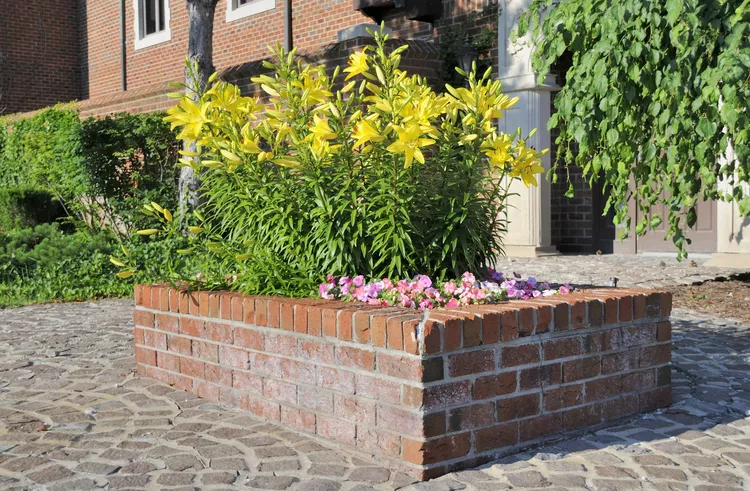
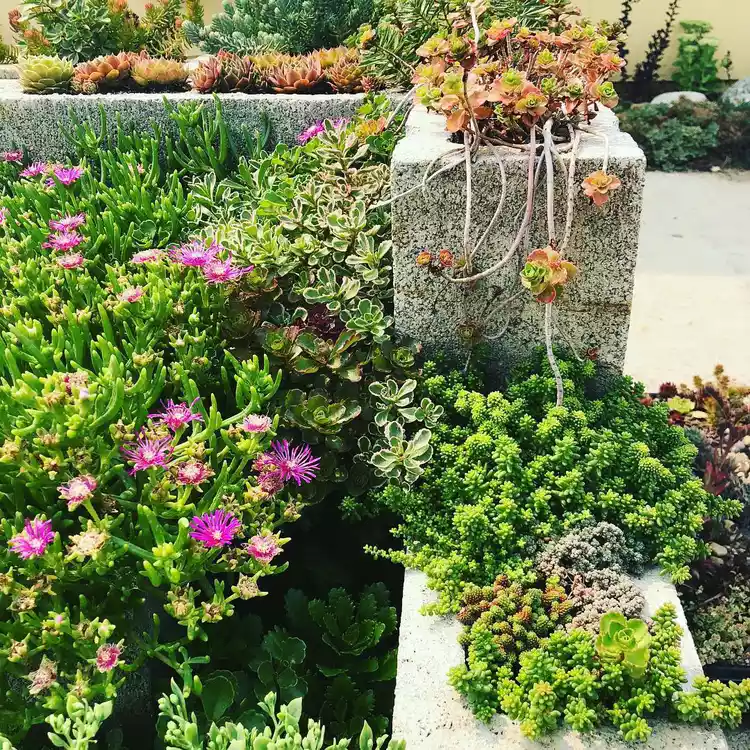
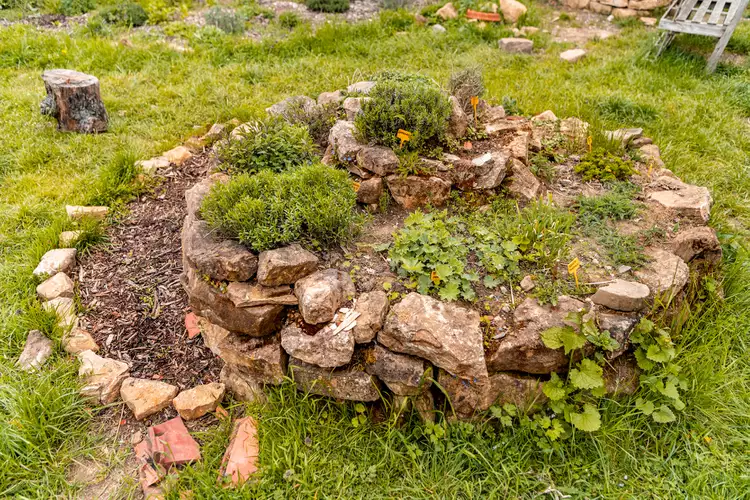
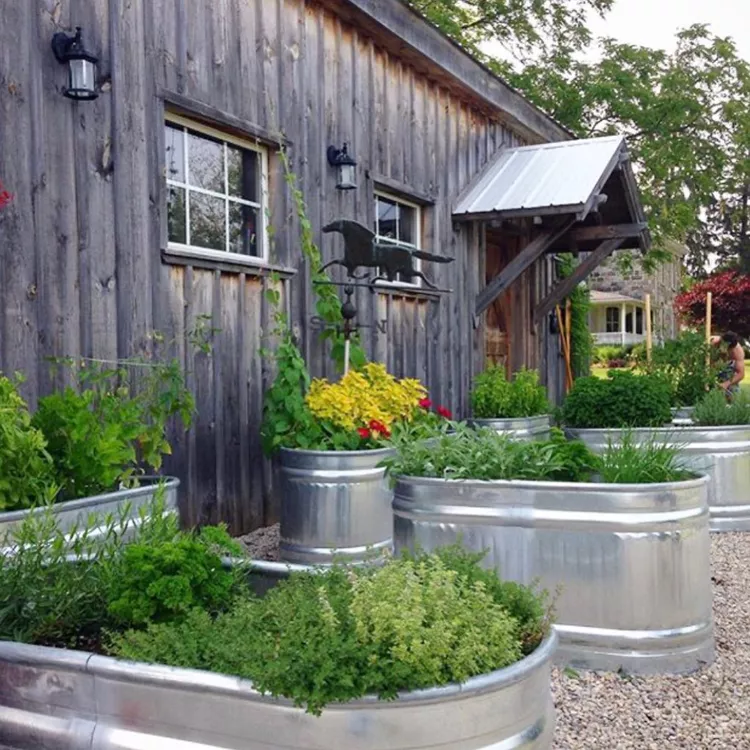
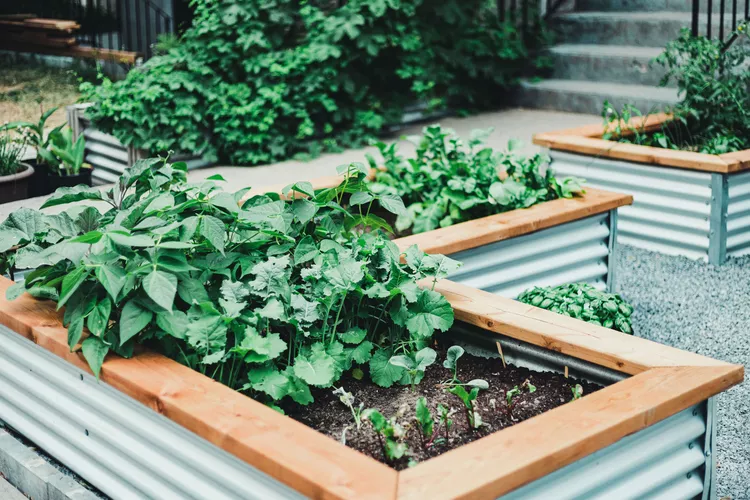
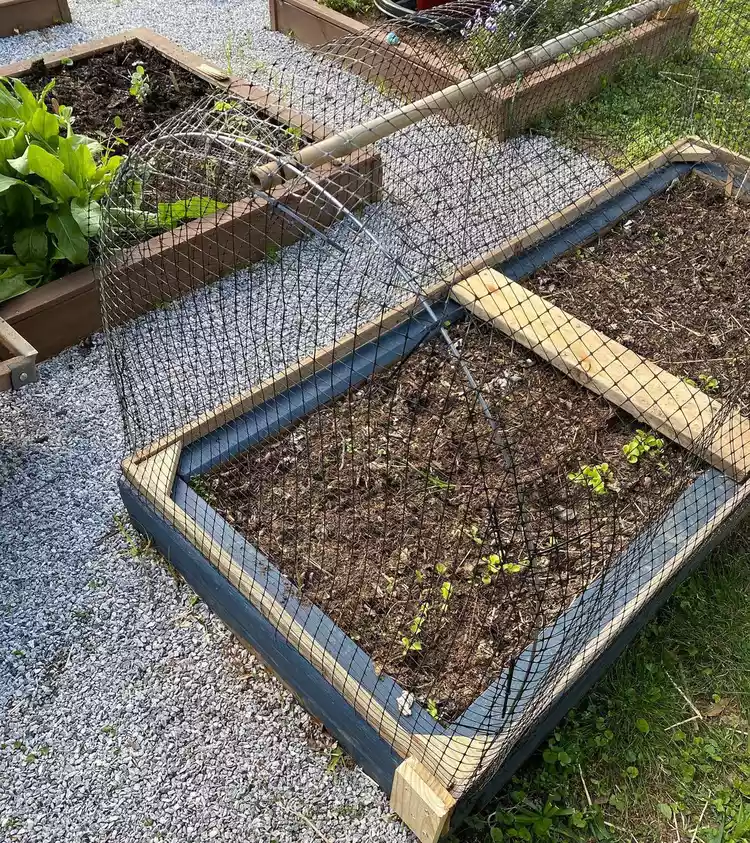


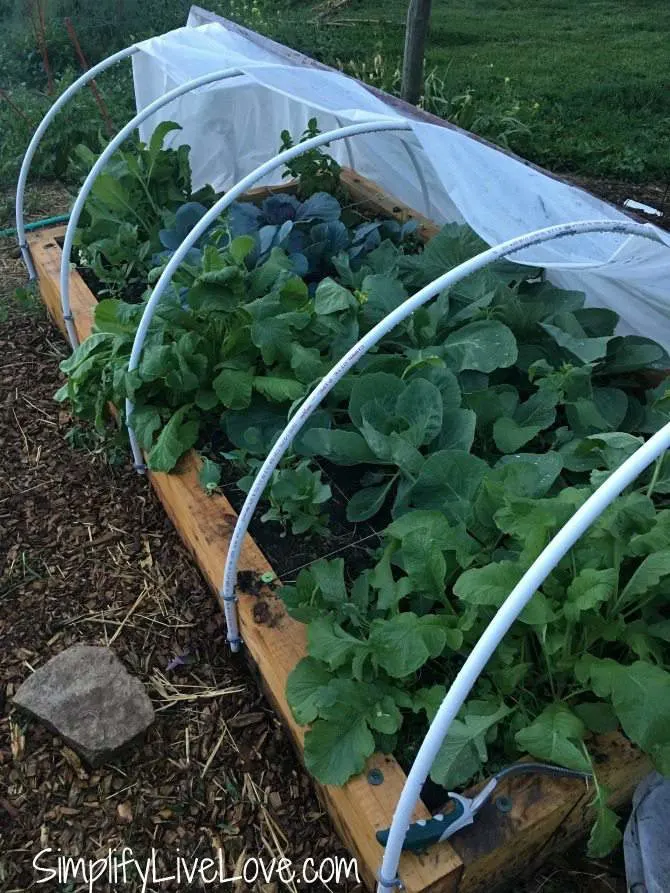






























Comments